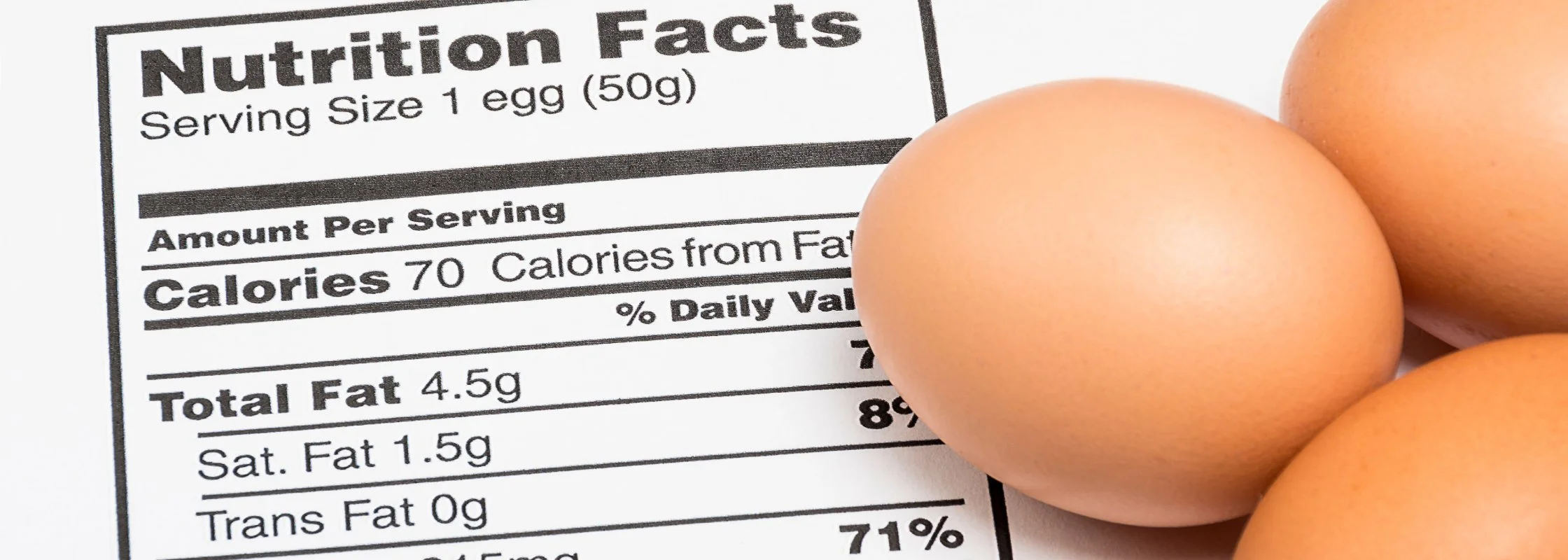Nutrition Facts
Those little white boxes on the back of your food tell you more than just the calorie content.
Nutrition labels play a vital role in guiding consumers to make informed decisions about the foods they eat. Nutrition labels provide essential information about the nutritional content of a product, including serving size, calories, macronutrients, vitamins, minerals, and ingredients.
And surprisingly a lot of people NEVER look at these labels! Or if they do it is just at the calorie content and nothing else. However, understanding and using the information provided on nutrition labels can be a super handy tool when navigating your wellness journey.
Why Nutrition Labels are important:
Transparency: Nutrition labels offer transparency about what is in our food products. They help us understand the quality of ingredients and make choices that align with our health goals. This includes the good and the bad stuff!
Portion control: By noting the serving size on a nutrition label, we better manage our portions and avoid overeating. This is especially relevant in a world where portion sizes can be misleading with marketing images made to make you want to eat more.
Nutritional balance: Understanding the breakdown of macronutrients (carbohydrates, proteins, and fats) and micronutrients (vitamins and minerals) in a product can help ensure a balanced and nutritious diet.
Health considerations: Individuals with specific health concerns, such as diabetes, heart disease, or food allergies, can use nutrition labels to identify foods that align with their dietary restrictions and requirements.
Comparing products: Nutrition labels enable consumers to compare similar products and make choices that best suit their nutritional needs. This can help in selecting healthier options and avoiding items high in unhealthy fats, sugars, or additives.r stability is vital to your quality of life, both mentally, emotionally and physically.
How to Read
Nutrition Labels
Serving Size:
Begin by looking at the serving size, which tells you the amount of food the nutritional information is based on. Make sure to check how many servings are in the package, as you may be consuming more than one serving without realizing it.
Calories:
This section shows the number of calories in one serving of the product. It's important to be mindful of your calorie intake, especially if you are trying to manage your weight.
Nutrients to Limit:
Keep an eye on nutrients like saturated fat, trans fat, cholesterol, and sodium. Consuming these in excess can have negative effects on your health, so try to limit your intake of these nutrients.
Essential Nutrients:
Look for nutrients that are beneficial to your health, such as fibre, vitamins, and minerals. Aim to include foods that are rich in these nutrients in your diet.
Ingredients List:
Pay attention to the ingredients list, which shows the components of the product from the most prevalent to the least. Opt for products with simpler ingredient lists and avoid items with added sugars, artificial flavours, and preservatives.
Percent Daily Value (%DV):
The %DV indicates how much of a nutrient one serving of the product provides based on a 2,000-calorie diet. Use this as a guide to determine if a food is high or low in a specific nutrient.
Nutrition is more than a number
So now that you know the ins and outs of nutrition label reading please remember that, like everything, a healthy balance is super important.
The last thing I want is for you to hyper-focus on the labels and numbers on the back of foods.
As important as these values are it is also vital to make sure you are considering other things like:
How the food makes you feel (physically and mentally)
Quality of the food
The price of the product
So the next time you are in the store picking out a pasta sauce or box of crackers take a look at the back and see if you can rank the food to the above 3 points and THEN look at the nutrients.
Because even if a food is let’s say low carb & low calories but makes you feel sluggish and causes digestive discomfort… then why buy it!
My current favourite snack for blood sugar/ mood stability and energy!
Air Frier Zucchini Chips
2 Zucchini (large, sliced)
1/2 tsp Garlic Powder
2 tbsp Avocado Oil
Sea Salt & Black Pepper (to taste)
Preheat the air fryer to 365°F (185°C).
In a bowl, toss together zucchini slices with the garlic powder, salt, and pepper.
Place the zucchini slices into the air fryer basket in a single layer. Work in batches if necessary. Spray with avocado oil and cook in the air fryer for 13 to 15 minutes or until crispy, flipping halfway through. Enjoy!
Are you ready to take the next step in your wellness journey?
Book your FREE 15-minute nutrition and lifestyle consultation now and learn the benefits of having a qualityed nutrition coach on your side to help you reach your goals!





